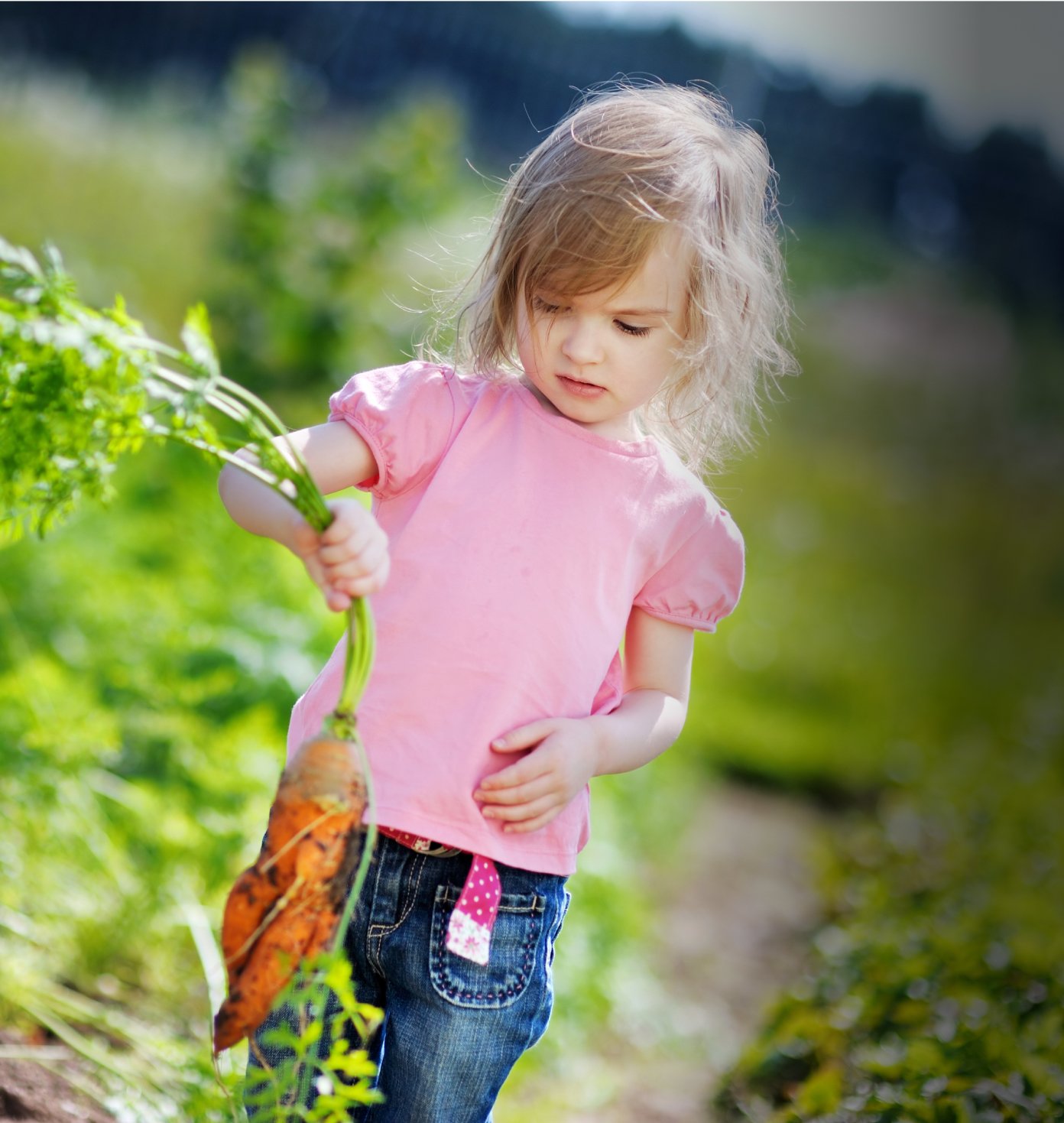Frequently asked questions about EWG’s Shopper’s Guide to Pesticides in Produce™
What are the most important things to know about the Shopper’s Guide to Pesticides in Produce™?


EWG’s Shopper’s Guide is based on laboratory tests done by the USDA Pesticide Testing Program and the FDA. Most of the data comes from USDA tests of fresh fruits and vegetables for hundreds of pesticides.
Read more about our methodology here.
Read more about why EWG releases its Shopper’s Guide every year.
Why should I be concerned about pesticides?


Pesticides are toxic by design. They are created expressly to kill living organisms – insects, plants and fungi that are considered “pests.”
Many pesticides also pose health dangers to people. These risks have been confirmed by independent scientists and physicians around the world, in addition to U.S. and international government agencies. The potential health problems connected to pesticides include brain and nervous system toxicity, cancer and hormone disruption.
Read more about why EWG releases its Shopper’s Guide every year.
What if I wash and peel my fruits and vegetables?


Washing and/or peeling your produce isn’t enough to protect you from pesticides on most non-organic, or conventionally grown, produce.
The data used to create EWG’s Shopper’s Guide to Pesticides in Produce comes from tests conducted on produce prepared as it would be at home. This means the samples are washed and, when applicable, peeled before being tested for pesticides.
For example, bananas are peeled before testing, and blueberries and peaches are washed. Because all produce has been thoroughly cleaned before analysis, washing a fruit or vegetable would not change its ranking in EWG’s Shopper’s Guide.
EWG has not evaluated commercial produce washes for efficacy or potentially toxicity. So the safest choice is to use EWG’s Shopper’s Guide to avoid conventional versions of the fruits and vegetables with the highest pesticide residues and briefly wash produce under running water, which can reduce some pesticide residues and risk of developing foodborne illnesses.
Isn’t the government protecting me?


In short: We don’t think so.
Most pesticide residues fall below government limits and are legal. But legal limits aren’t always safe.
The Environmental Protection Agency’s safety levels, called “tolerances,” help the agency determine whether farmers are applying pesticides properly. If tolerance levels were set to protect all children eating produce, as EWG believes they should be, more fruits and vegetables would fail to meet them.
The 1996 Food Quality Protection Act required the EPA to reevaluate its safety levels by 2006 to ensure they protected consumers from excessive pesticide use.
The law stresses the protection of infants, children and other vulnerable people. It requires the EPA to review the safety of each use of every agricultural pesticide at least once every 15 years.
Over the past two decades, the EPA has restricted many uses of toxic insecticides like the organophosphates.
But the EPA has only selectively applied the voluntary tenfold safety factor advocated by children’s health experts.
In 2006, the National Academies of Sciences, Engineering and Medicine concluded that the EPA has used a child-protective factor on 11 out of 59 pesticide assessments, and in half those cases, used only a threefold safety factor instead of a tenfold safety factor.
A peer-reviewed study conducted by EWG scientists in 2020 found that the EPA fails to adequately consider children in setting legal limits for food residues for 90 percent of the most common pesticides – despite its legal requirement, under the Food Quality Protection Act, to do so.
And many pesticides remain in use in the U.S. that have been banned in the European Union because of their risks to human health.
Should I stop eating produce items on your Dirty Dozen™ list?


Everyone should eat plenty of fresh fruits and vegetables, whether organic or conventionally grown. The health benefits of such a diet outweigh the risks of pesticide exposure.
EWG's Shopper's Guide is designed to support people who would like to minimize their exposure to pesticides. It includes two well-known lists: the Dirty Dozen™, the 12 fresh non-organic, or conventional, fruits and vegetables with the highest pesticide residues, as well as the Clean Fifteen™, the conventionally grown fruits and vegetables with very low or no traces of pesticides.
We recommend consumers concerned about their pesticide exposure consume organic versions of Dirty Dozen items and either conventional or organic versions of the Clean Fifteen.
And organic produce generally tends to have low pesticide residues.
Should I buy everything organic?


If you're concerned about your exposure to pesticides, EWG recommends buying organic whenever possible, because food residues are the dominant source of pesticide exposures. And several studies have shown that pesticide levels in people’s bodies drop when they switch to an all-organic diet – and rise again once they return to eating conventionally grown foods.
Buying organic also sends a message that you support environmentally friendly farming practices that minimize soil erosion, safeguard workers and protect water quality and wildlife.
But we know organics are not accessible or affordable for everyone, so EWG’s Shopper’s Guide is designed to provide consumers with a variety of accessible options.
What does “organic” mean?


“Organic” is a designation used by the USDA National Organic Program to certify food that was produced without synthetic chemicals or fertilizers, genetic engineering, radiation or sewage sludge.
Is EWG funded by the organic industry?


EWG is a nonprofit, non-partisan organization largely funded by individual donations and grants from charitable foundations.
Why is this a common misconception about EWG? In 2013, EWG partnered with the Organic Voices Action Fund, or OVAF, to highlight the benefits of organic food and advance the fight for labeling food that contains genetically engineered ingredients.
Between 2013 and 2018, OVAF made six grants to EWG to support our joint GMO labeling advocacy campaign, Just Label It! That agreement and partnership formally expired in 2018.
These grants ranged from 0.3 percent to 5 percent of EWG’s total annual revenue.
Do domestic and imported produce have different amounts of pesticide residues?


EWG’s Shopper’s Guide to Pesticides in Produce is based on samples of produce available to U.S. consumers, and it includes both domestic and imported produce. We typically combine test results for domestic and imported fruits and vegetables.
However, if we see a big difference between a food’s imported and domestic scores or find notable differences in the toxicity of particular pesticide residues, we take this into account when creating our lists.
Are pesticides detected in people’s bodies?


Yes.
The Centers for Disease Control and Prevention’s national biomonitoring program tests people’s blood and urine for detected pesticides in two-year cycles. Between 2005 and 2016, 100 percent of Americans ages 6 and older tested had detectable levels of certain pesticides.
But the CDC’s program only measures a handful of pesticides, whereas we know most people are potentially exposed to hundreds through their food. And agribusiness and pesticide companies are not required to determine whether their chemicals are present in people – not even those that are widely found in the food supply.
Food residues are the dominant source of pesticide exposures. Several studies have shown that pesticide exposures drop when people switch to an all-organic diet and rise again once they return to eating conventionally grown foods.
What about neonics?


Neonicotinoids are the fastest growing class of insecticides.
The EPA currently considers neonicotinoids to be a relatively low risk to human health. But the National Toxicology Program reviewed the evidence for human safety in 2020 and concluded that existing studies are incomplete.
In 2017, researchers from George Washington University and the National Institute of Environmental Health Sciences reported that in some human epidemiological studies, exposure to neonics has been linked to increased risk of harm for the developing fetus, as well as increased risk of autism spectrum disorders and memory loss.
In 2020, the National Toxicology Program published a review of toxicity associated with neonics, reporting that harm to the nervous system was the most studied outcome, with several more studies on developmental effects.
Since 2020, other animal studies show neonics may also harm the male and female reproductive systems, as well as affecting memory and behavior.
You can read more about neonics here.
Are GMOs on the lists?


Most genetically engineered crops, also known as genetically modified organisms or GMOs, that consumers encounter in a U.S. supermarket are not fresh fruits and vegetables, but corn and soybeans used as ingredients in highly processed foods.
For example, corn syrup and corn oil, produced from predominantly GMO starchy field corn, are commonly found in such foods. And both the field corn and soy grown in this country are genetically modified to withstand direct applications of glyphosate and sometimes 2,4-D, a lesser-known toxic herbicide with known health risks.
You may also find genetically modified zucchini, yellow squash, sweet corn, papaya and apples in U.S. markets – although only papayas are predominantly GMO.
By law, some GMO food products in the U.S. must be labeled as such. But these labels may be difficult to interpret, with confusing terms like “bioengineered” disguising their GMO content.
Consumers who want to avoid GMOs can choose organic zucchini, yellow squash, sweet corn, papaya, apples and potatoes.
Processed goods that are certified organic or bear Non-GMO Project Verified labels can also be trusted to be GMO-free.
EWG provides several resources – including EWG’s Shopper’s Guide To Avoiding GMO Food, EWG’s Food Scores database and EWG’s Healthy Living app – to help consumers identify foods likely to contain genetically engineered ingredients.
Recent research about pesticides and human health


Consumption of organically produced food reduces pesticide exposure and is linked to a variety of health benefits, according to multiple studies, especially according to a large study from France.
Clinical trials continue to show that people who switch from non-organic to organic foods see a rapid and dramatic reduction in their urinary pesticide concentrations, a marker of pesticide exposure.
Other studies have linked higher consumption of organic foods to lower urinary pesticide levels, improved health outcomes, including reductions in maternal obesity and pregnancy-associated preeclampsia risks, lower BMI and reduced risk of Type 2 diabetes.
Choosing organic fruits and vegetables can almost immediately reduce the amounts of residues in a person’s body, because the harmful chemicals used on non-organic, or conventional, produce are no longer a factor.
Researchers from Harvard University used USDA test data and methods similar to EWG’s to classify produce as having high or low pesticides. That study’s lists of high- and low-pesticide crops largely overlap with EWG’s Dirty Dozen and Clean Fifteen.
Using a methodology similar to the one EWG uses to classify pesticide burdens, Harvard researchers also observed that people who ate greater quantities of crops high in pesticides had higher levels of urinary pesticides and lower fertility, and that consuming fruits and vegetables with high levels of pesticide residues may lessen the benefits of fruit and vegetable consumption, including protection against cardiovascular disease and mortality.











